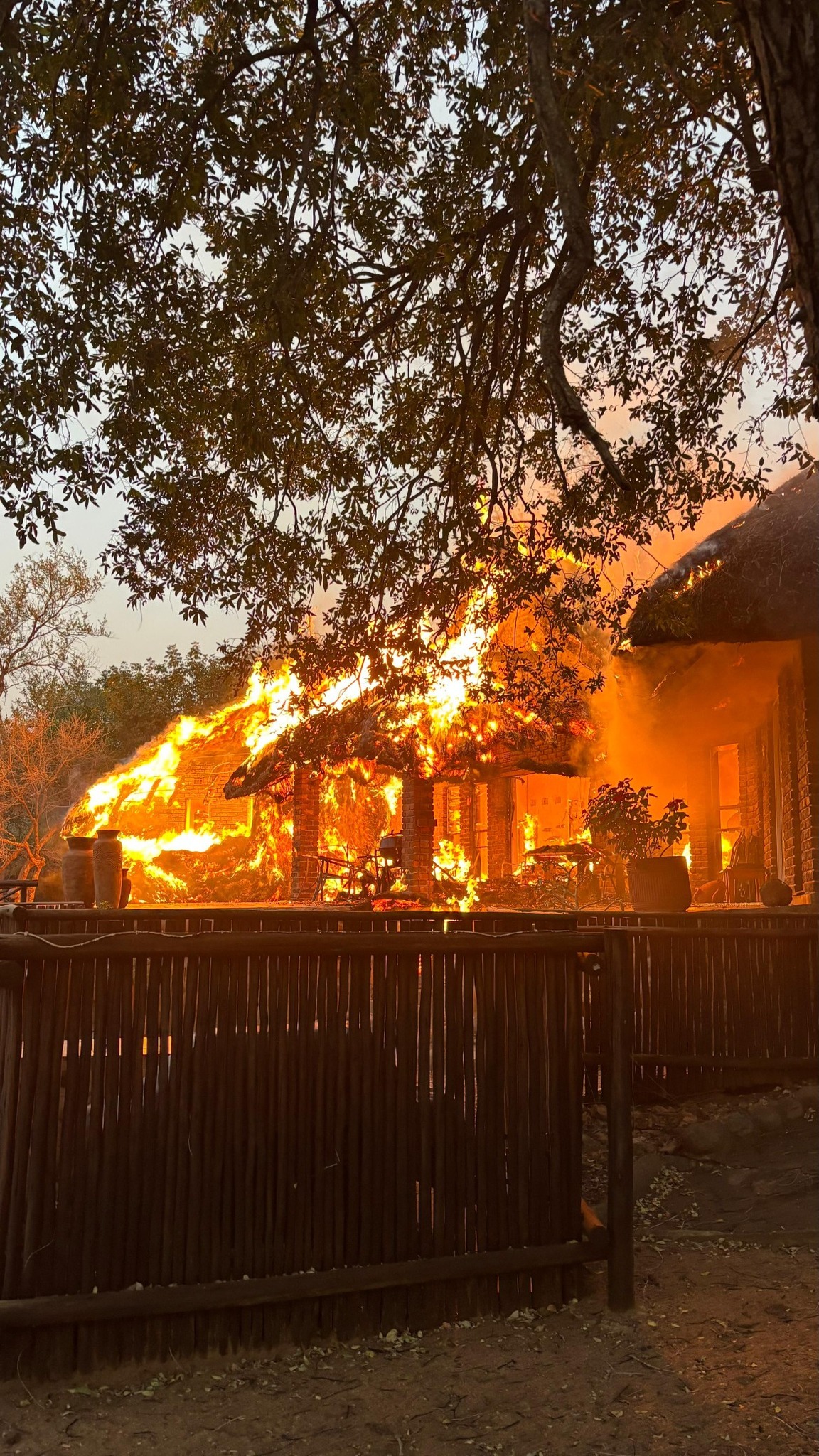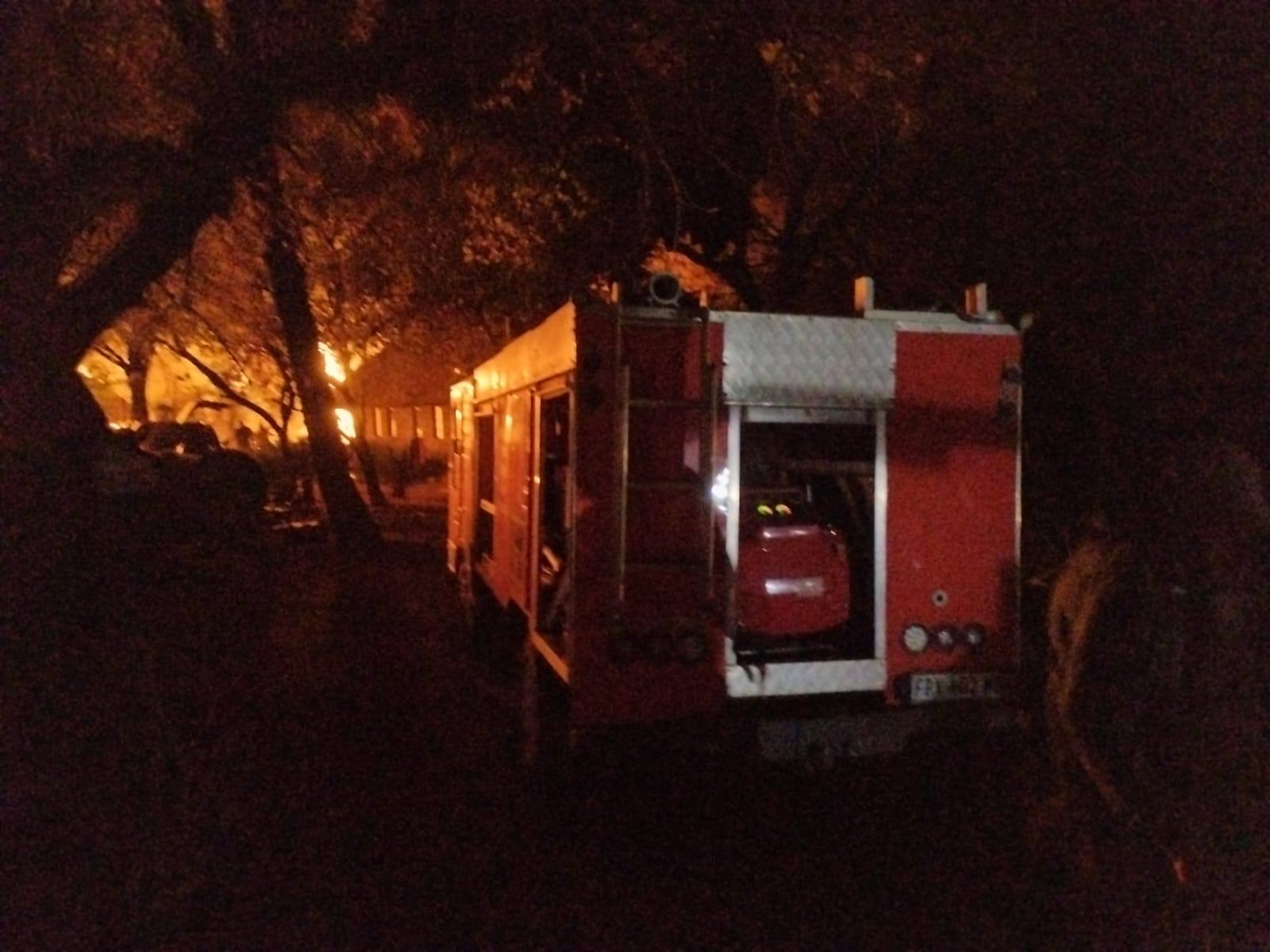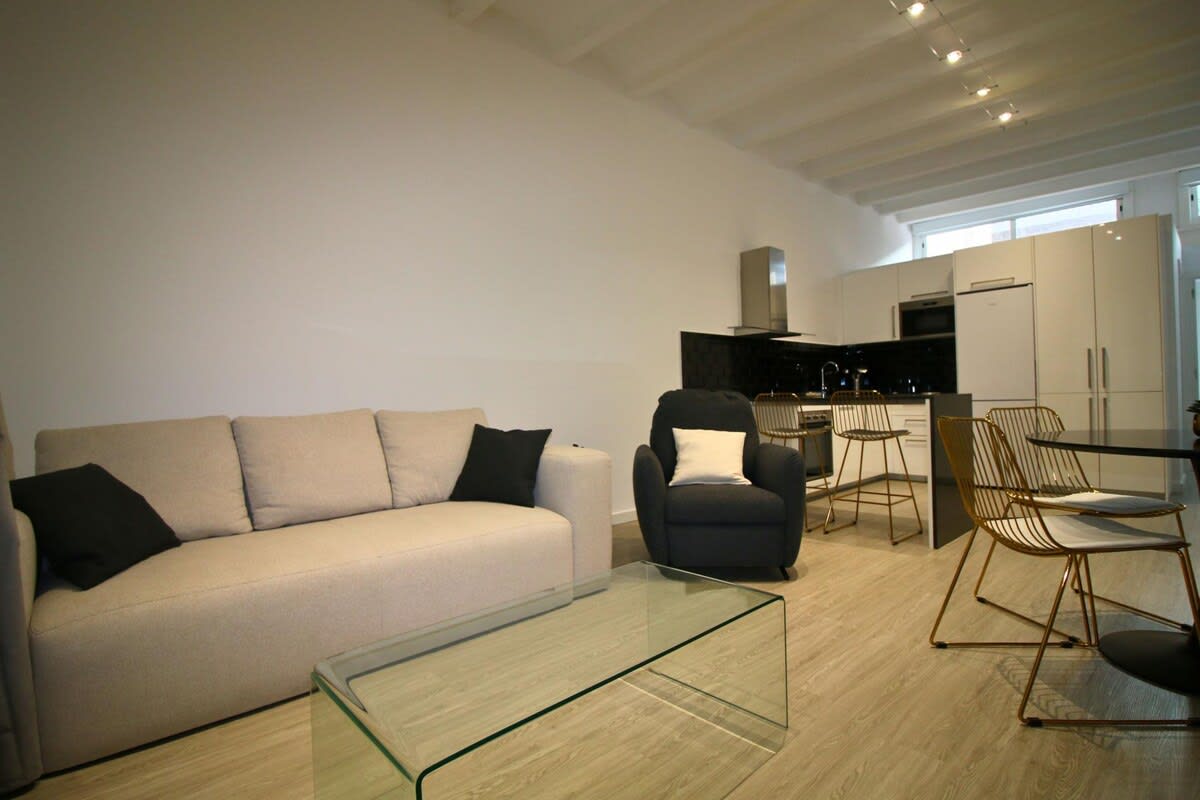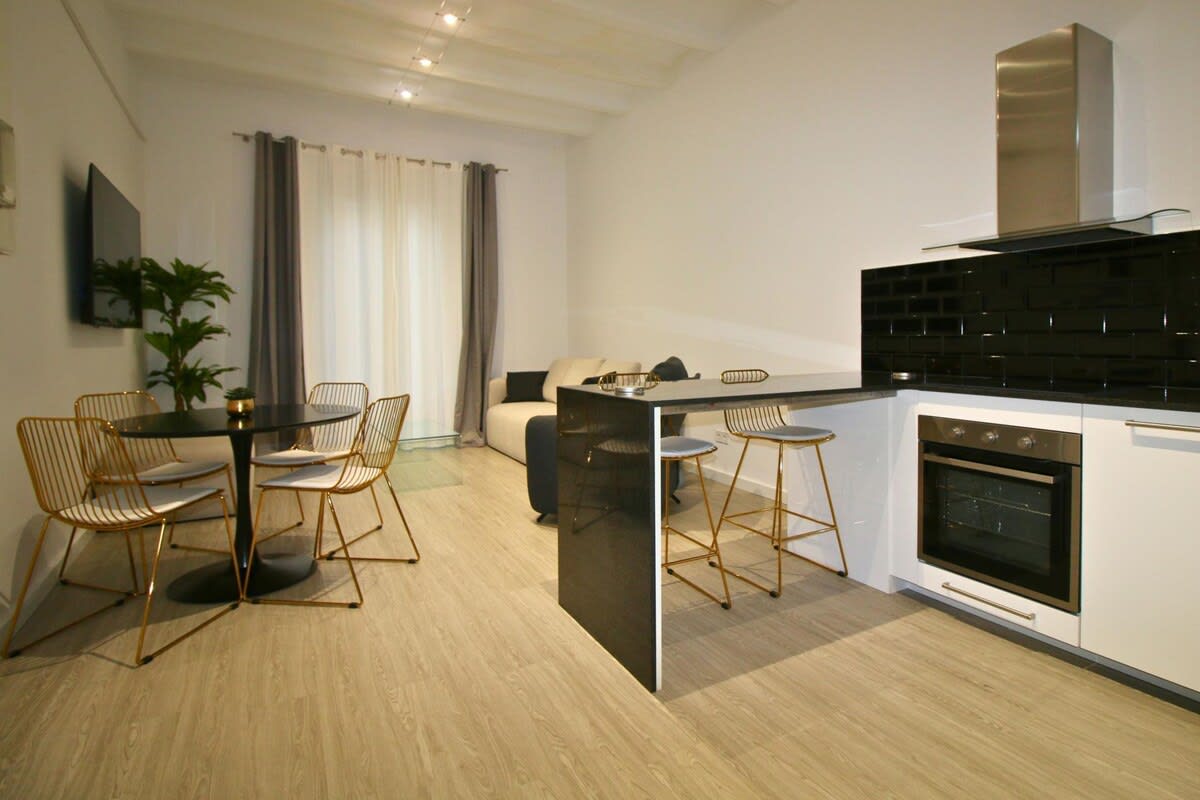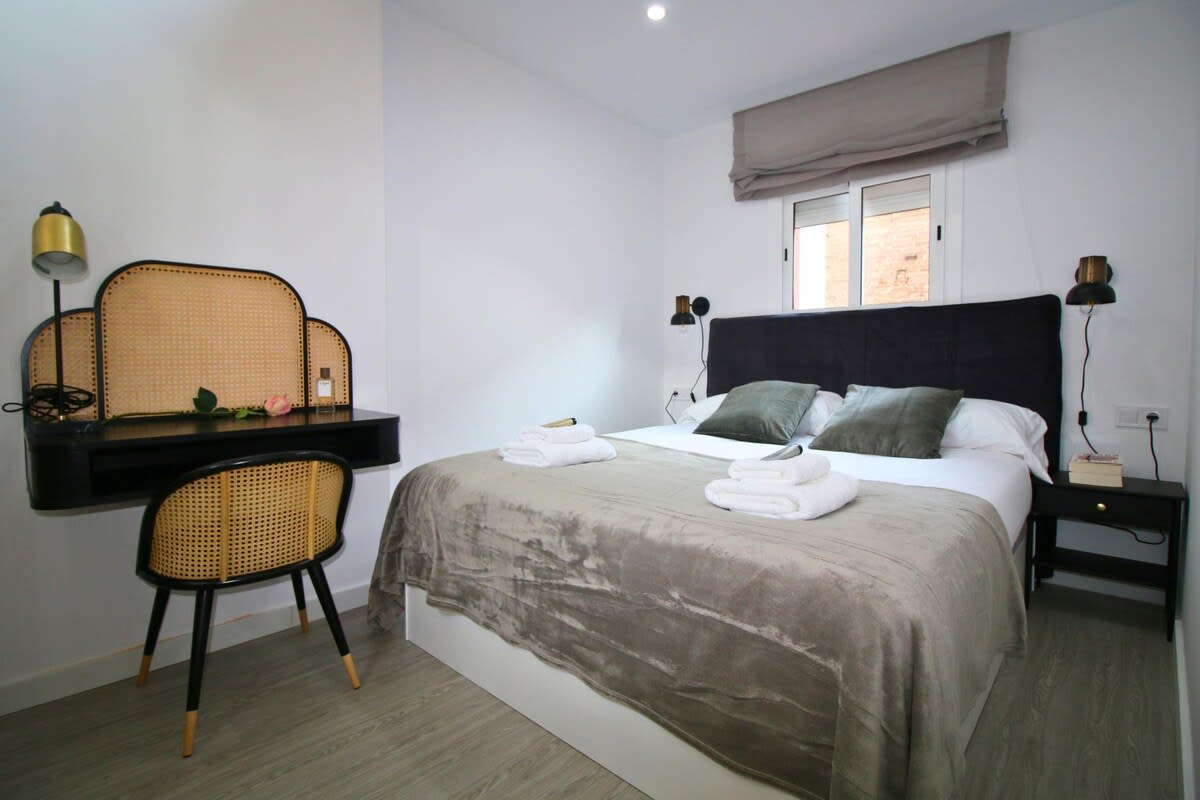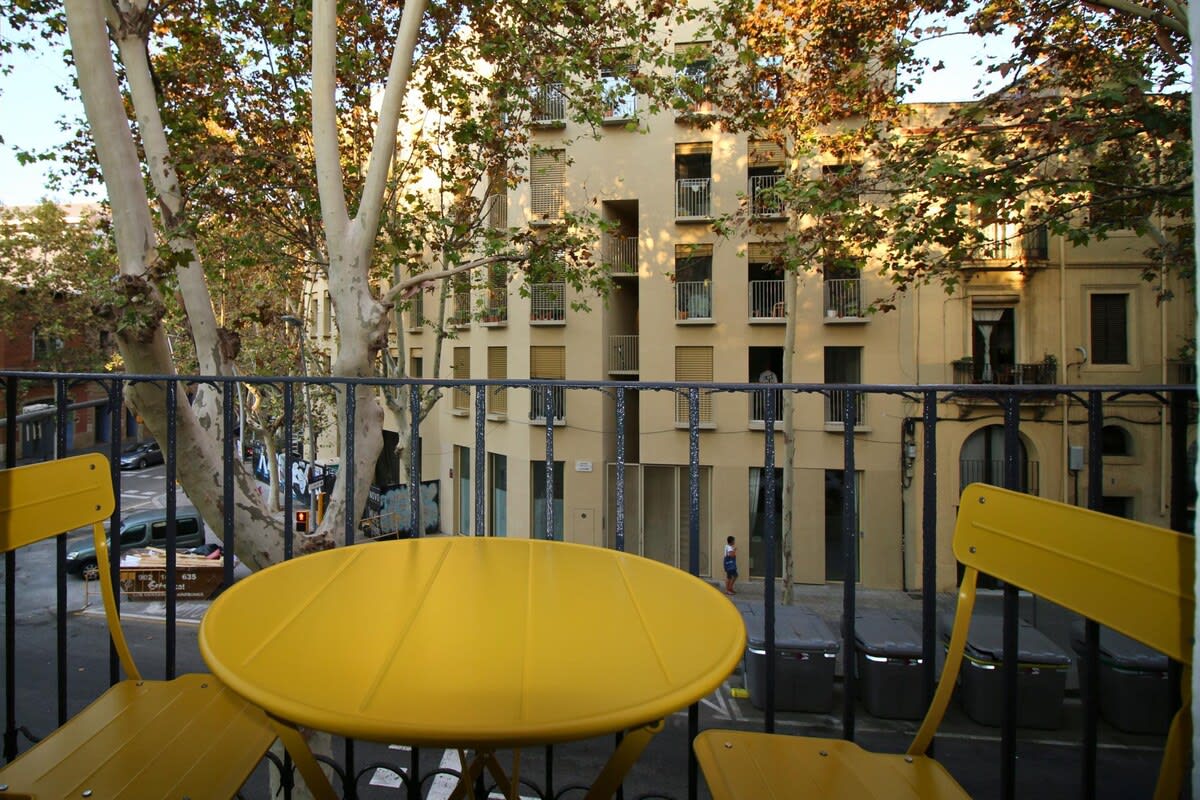
We left Marloth Park nine days ago and will begin our return trip in 13 days, on June 15, arriving two days later. At this point, our calendar is almost completely packed with get-togethers with family and a few friends, leaving only a few days to add more events.
However, this is the way we prefer it, with plenty of time carved out to spend with family members and friends, as time allows. It’s all been exceedingly enjoyable, and we’re looking forward to the upcoming plans on my phone’s calendar app.
Last night, we stayed in, eating some of the food we’d purchased at Costco, pre-made meat-based meals that have proven to be excellent. With those, we’ve had sauerkraut and dill pickle, both suitable for gut microbiome. At this point, I am primarily focusing on eating foods known to improve resistance to colds, flus, and gastrointestinal issues that often occur on cruise ships.
We have three months to work on our health in an escalated manner, which will be easier to do once we return to Marloth Park. Eating out with family and friends as often as we’ve has made it challenging to maintain an ultra-healthy diet.
For Tom, he’s still on his candy frenzy, and I doubt he’ll stop until we leave in almost two weeks. He’s nearly finished two big bags of jelly-type candies, Chere and Gary brought him last Wednesday. However, every afternoon, he heads to the hotel’s reception area, where, daily, around 2:00 PM, they put out three bowls of various candies and snacks.
They have 6-oz plastic cups for the guests to use to carry the treats back to their respective rooms, and Tom returns with at least one, if not two, cups filled with these calorie- and sugar-rich confections. He’s particularly enjoyed the chocolate-covered peanut M&M’s. So far, he has regained 5 pounds, or 2.3 kg, of the weight he’d lost in the past few months.
I can only act as Food Police so much, and I try hard not to remind him to stop eating this junk, along with all the less-than-healthy restaurant meals he’s been eating. For a picky eater, he certainly savors many foods that are only found in the US.
For me, it’s same-old, same-old. Plain Greek yogurt with ground flaxseed, topped with Everything Bagel seasonings, which is very good, and of course, accompanied by meat and vegetables. Neither of us ever has a drink, other than coffee, water, and iced tea, in the hotel room.
When we dine out with family or friends, I may or may not have a glass of wine, and Tom may have a beer, although he’s picky about which brands of beer he likes, and if they don’t carry his preference, he’ll only drink water.
We were scheduled to play cards with Tom’s family tonight, but they had to cancel due to unexpected issues, so we are staying in again tonight. Soon, we’ll head out to go to the bank and stop at a local liquor store for beverages to take to friends Chere and Gary’s home for dinner on Wednesday night.
That’s all I’ve got today, dear readers.
Be well.
Photo from ten years ago today, June 2, 2015:
There wasn’t a post published on this date ten years ago.



















